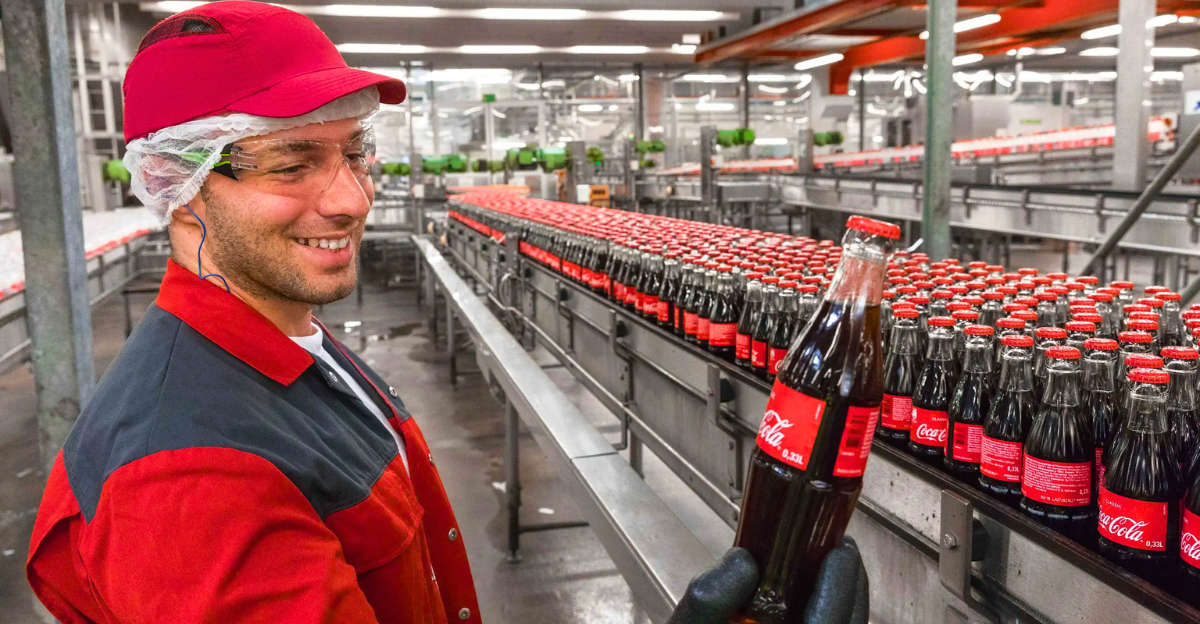
On July 16, 2025, former President Donald Trump announced that Coca-Cola will ditch corn syrup and return to real cane sugar. The message came through Truth Social, and it’s already stirring debate across the country. If true, it marks the biggest formula change in decades for America’s favorite soda. But what’s really behind the buzz?
Trump and RFK Jr. Team Up to Take On Soda
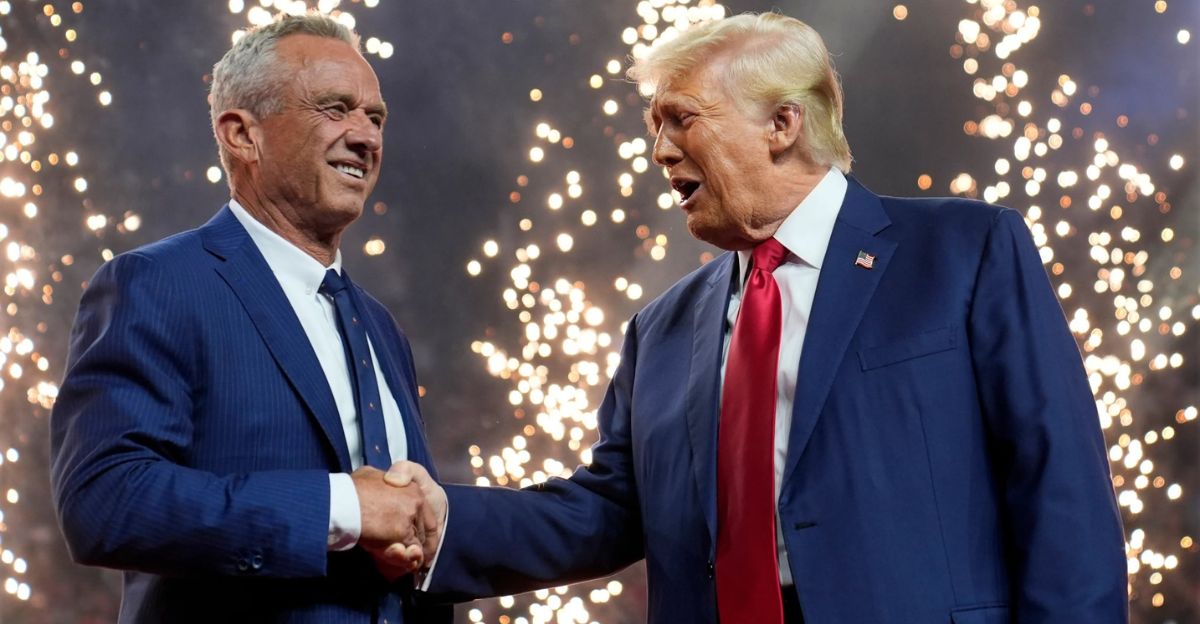
This announcement aligns with Trump’s “Make America Healthy Again” initiative, backed by Health Secretary Robert F. Kennedy Jr.. Kennedy is a vocal critic of high-fructose corn syrup, referring to it as “just a formula for making you obese and diabetic” in public remarks.
The MAHA Commission’s May 2025 report, established by executive order, did raise concerns about the role of ultra-processed foods and added sugars, including HFCS, in America’s chronic disease crisis among children, but did not single out corn syrup alone.
Cane Sugar vs. Corn Syrup: What’s the Real Difference?
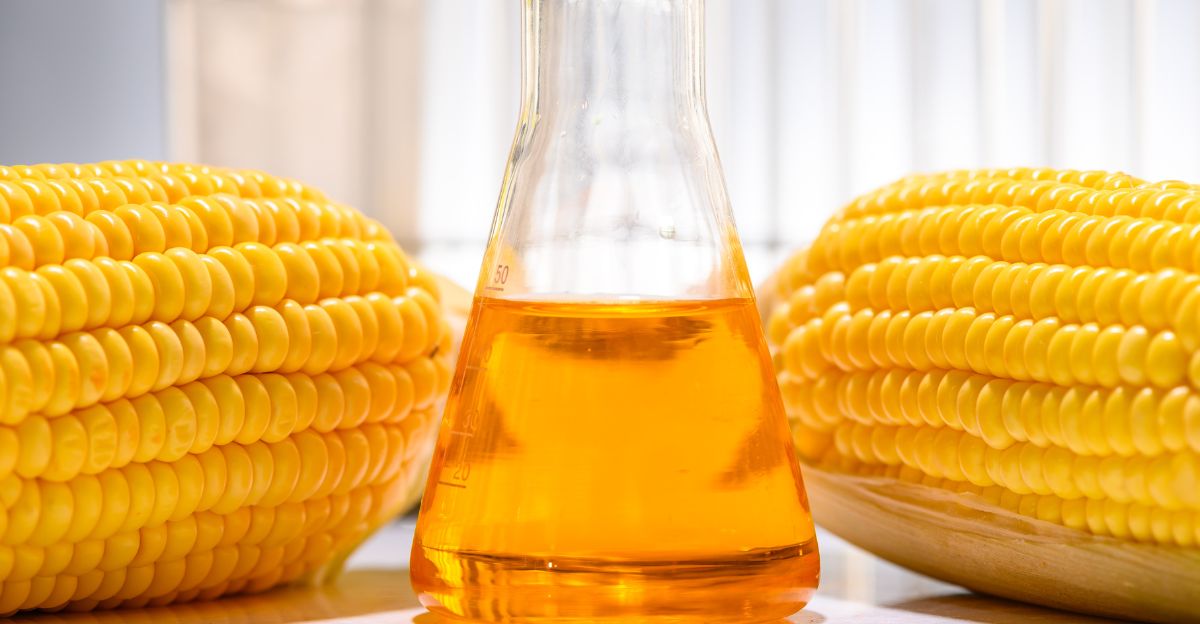
Cane sugar (sucrose) and high-fructose corn syrup (HFCS) both provide about 4 calories per gram, but their structure is slightly different. Sucrose is made of glucose and fructose bound together, while HFCS, used in most sodas, is a loose mix of 55% fructose and 45% glucose.
That small structural difference doesn’t change much for our health. Dietitian Avery Zenker told CBS News that both sugars have similar health effects when overconsumed, especially in sodas. A 2023 clinical trial backed this up, finding no major differences in metabolic risk.
Will This Really Make Sodas Healthier? Experts Say No
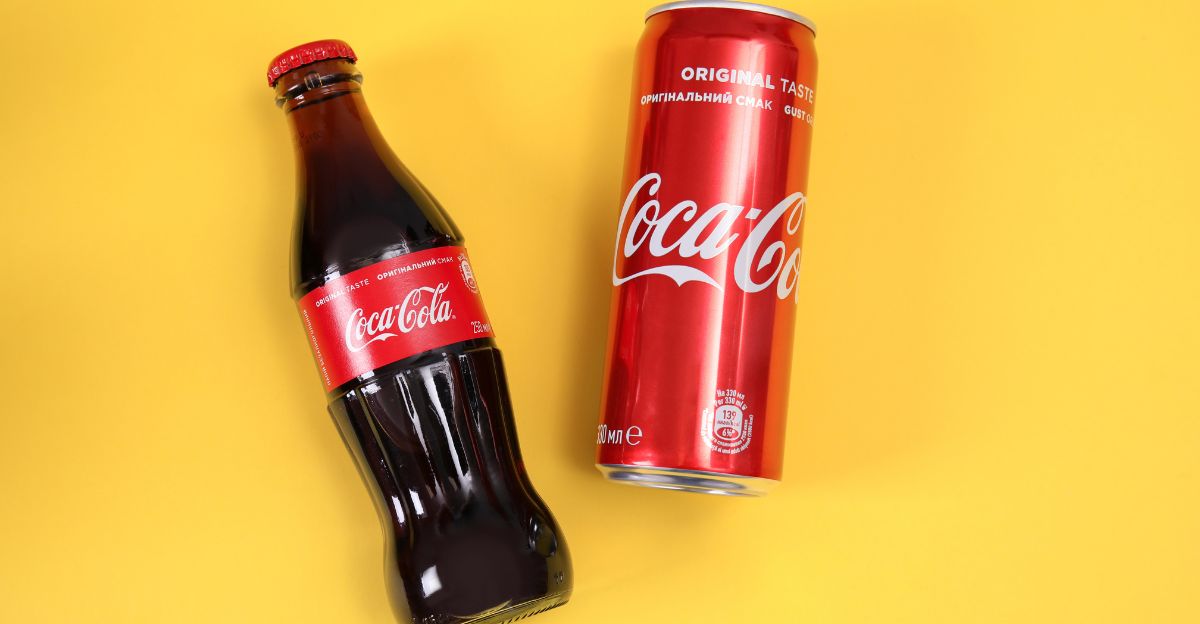
MAHA says this move is a win for public health. But experts are skeptical. “Sugary sodas will not become healthy options just because they are sweetened with cane sugar,” said Kevin Hall, a leading nutrition researcher at the NIH. He’s not the only one. Critics say both sweeteners lead to obesity and diabetes. Trump’s known habit of drinking 12 Diet Cokes a day doesn’t help the credibility either. In this case, the message may matter more than the actual ingredients.
Coca-Cola Is Playing It Cool—for Now
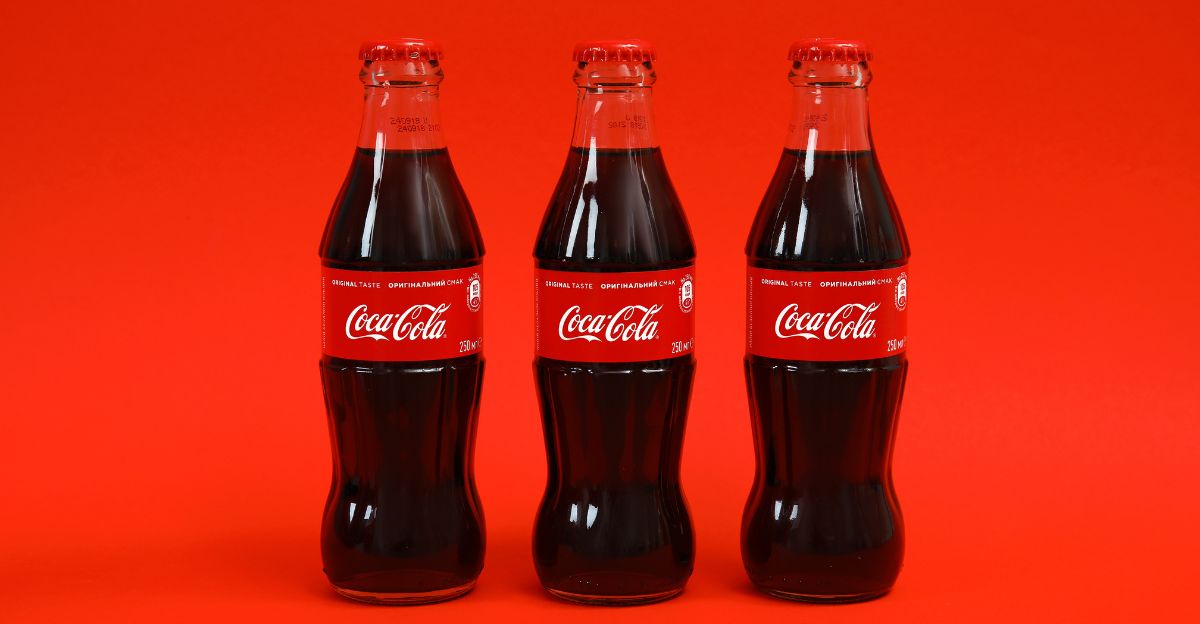
Coca-Cola hasn’t confirmed Trump’s big claim. Their official statement simply thanked Trump and teased “innovative offerings” coming soon. That vague wording could mean a special edition Coke, not a full formula change.
Coca-Cola already makes cane sugar versions for Mexico and Jewish holidays in the U.S., but those are limited runs. Their cautious response suggests they’re testing the waters before making any major moves.
How Coca-Cola Got Its Start
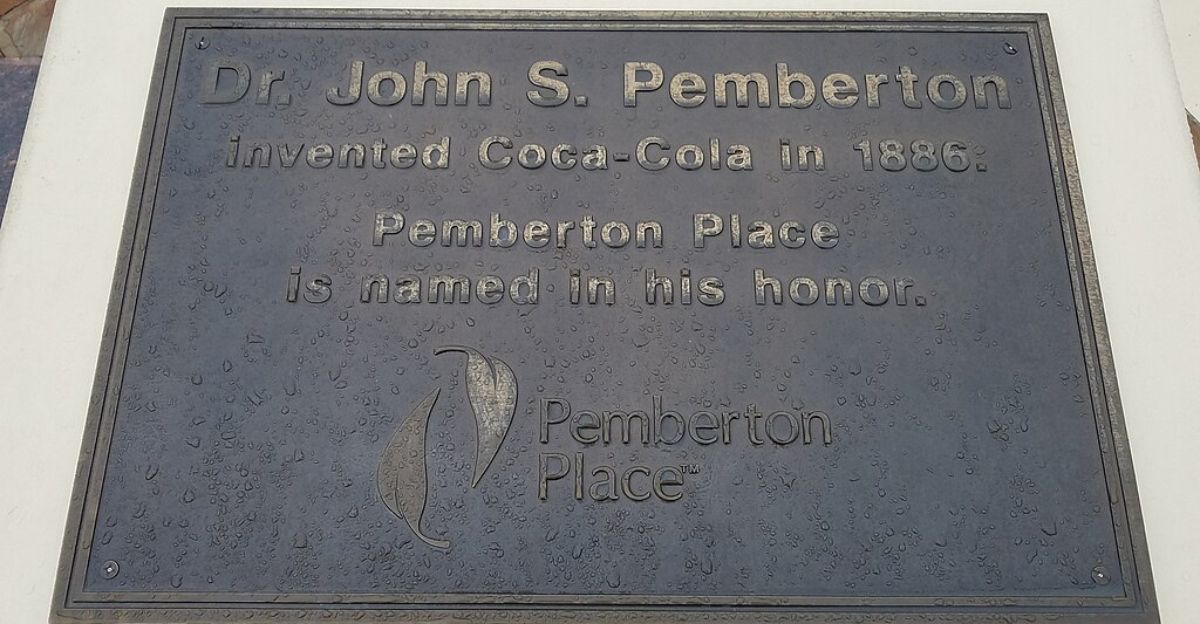
Coca-Cola was first created in 1886 by Dr. John Pemberton, who blended cane sugar, caffeine from kola nuts, and coca leaf extract, which legally contained cocaine at the time. The first glass was sold at Jacobs’ Pharmacy in Atlanta that same year.
In 1892, Asa Candler acquired the formula and founded The Coca-Cola Company. Over time, the recipe became a symbol of brand secrecy. Today, it’s kept in a high-security display vault at the World of Coca-Cola museum.
Inside the Vault: Coca-Cola’s Formula Becomes a Public Mystery

In 2011, Coca-Cola moved its legendary formula from a downtown Atlanta bank to a display vault at the World of Coca-Cola museum. CEO Muhtar Kent personally oversaw the transfer during the brand’s 125th anniversary celebration. The vault’s high-tech theatrics add drama, but the secrecy now serves more as brand marketing than real security.
The original written formula wasn’t even created until 1919, when it was needed as loan collateral. Myths about “two people” knowing the recipe—and that they can’t travel together—has become part of Coca-Cola folklore, though company officials acknowledge uncertainty about how many people actually know the recipe.
Remember New Coke? It Didn’t End Well
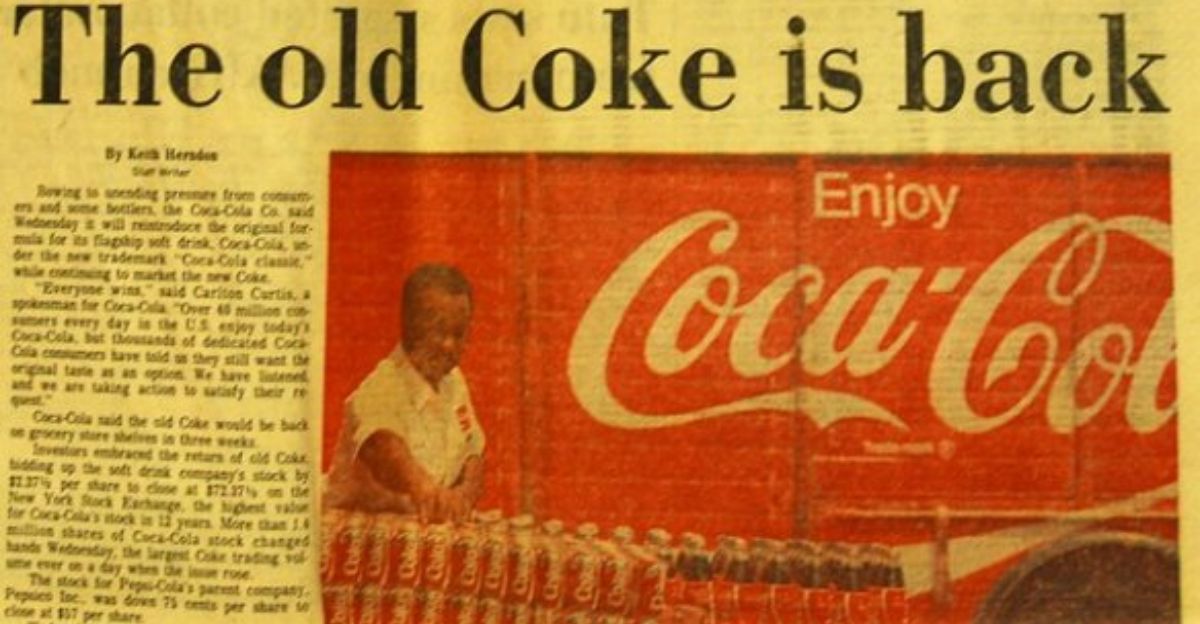
In 1985, Coca-Cola tried changing its taste to compete with Pepsi. The result: a disaster. “New Coke” was launched in April but pulled by July after public outrage. Ironically, the “old” formula that came back already had corn syrup in it. People just didn’t know. This moment in Coke’s history proves how risky formula changes can be, and how loyal people are to what they think Coke should taste like.
America Doesn’t Make Enough Sugar for This
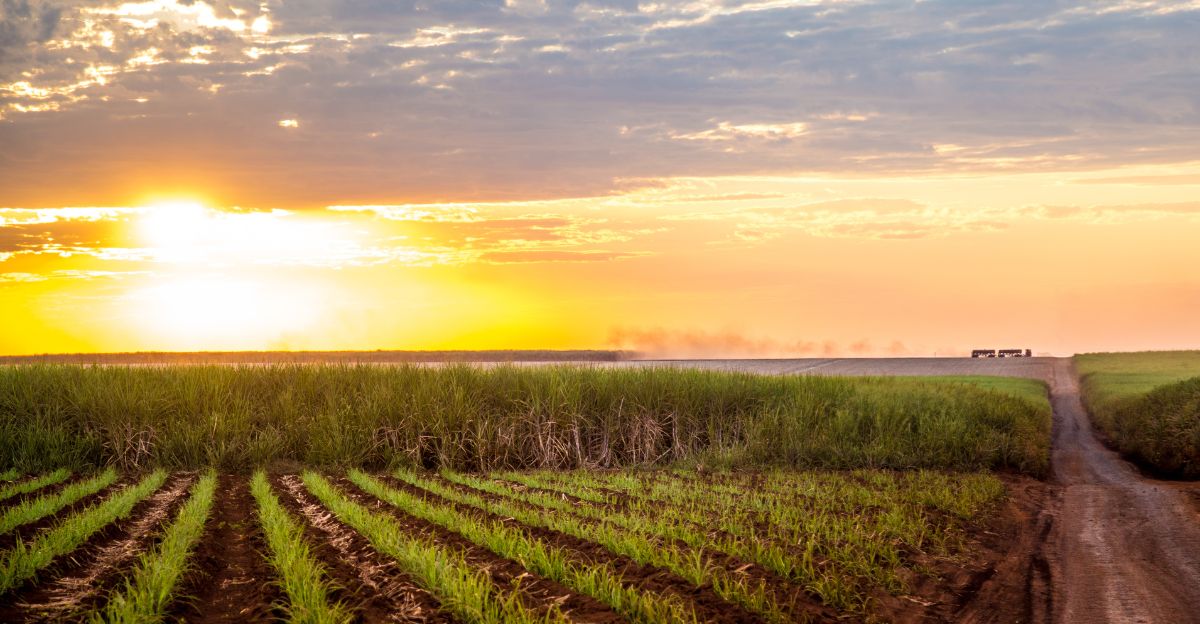
The U.S. produces about 9.3 million short tons of sugar in 2024/25, with 56% coming from sugar beets and 44% from cane. This covers 75%–80% of national demand, while imports, mostly from Mexico, fill the gap. Since cane accounts for a minority, switching all sodas to cane sugar would spike import needs.
U.S. sugar prices remain far above global rates. In 2024, wholesale refined sugar cost 53–58 cents per pound domestically, compared to just 25–32 cents globally. The persistent price gap is driven by federal trade protections and subsidy policies.
Corn Country’s Not Happy—And It Could Cost $5 Billion
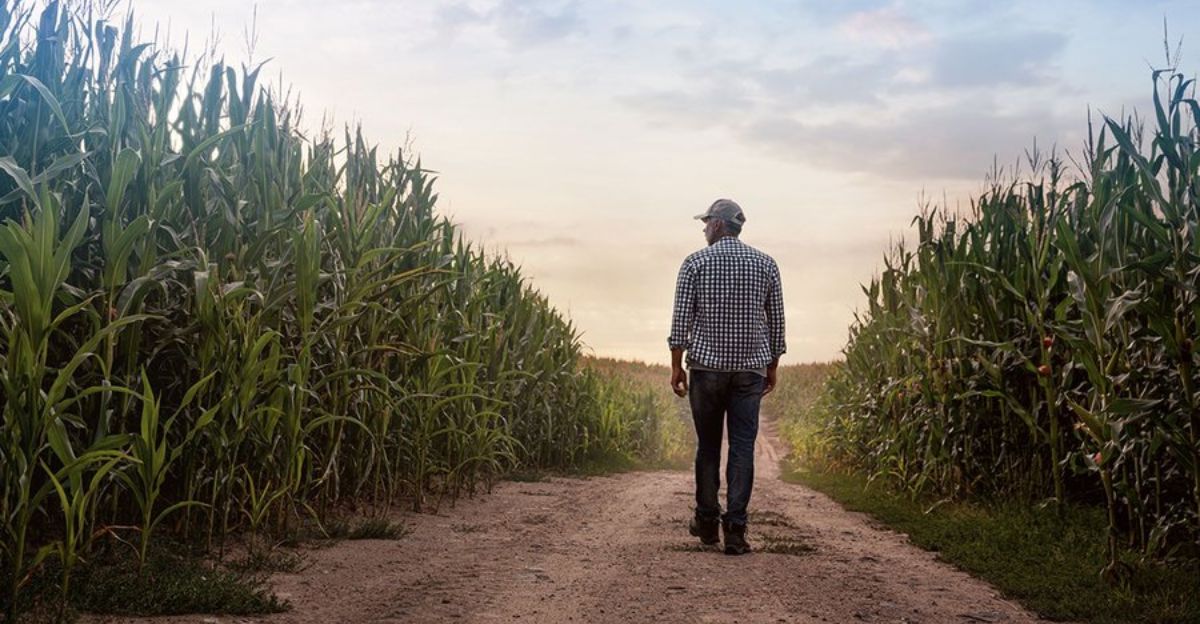
The Corn Refiners Association swiftly condemned the rumored switch. “Replacing high-fructose corn syrup with cane sugar would cost thousands of American food manufacturing jobs, depress farm income, and boost imports of foreign sugar, all with no nutritional benefit,” said CRA President John Bode.
Wall Street responded fast, shares of corn giants ADM and Ingredion dropped 6–7% after the news broke. The U.S. corn refining sector supports around 440,000 jobs and drives $123 billion in economic output. Farm revenue losses could exceed $5 billion if the change goes through.
The Sugar Trade’s Mexican Bottleneck

Coca-Cola’s potential shift to cane sugar lands just as U.S. cane sugar production falls short and drought cripples Mexico’s output. The U.S. depends on imports for up to 25% of total sugar demand, and Mexico is historically the top supplier.
But in 2025, Mexico’s sugar exports are projected to hit a 17-year low. The shortage couldn’t come at a worse time, with U.S. demand spiking and trade relations strained. If major U.S. beverage producers start demanding more cane sugar, there simply isn’t enough to go around without sourcing from Mexico, or paying more elsewhere.
Tariffs and Timing: Coincidence or Strategy?
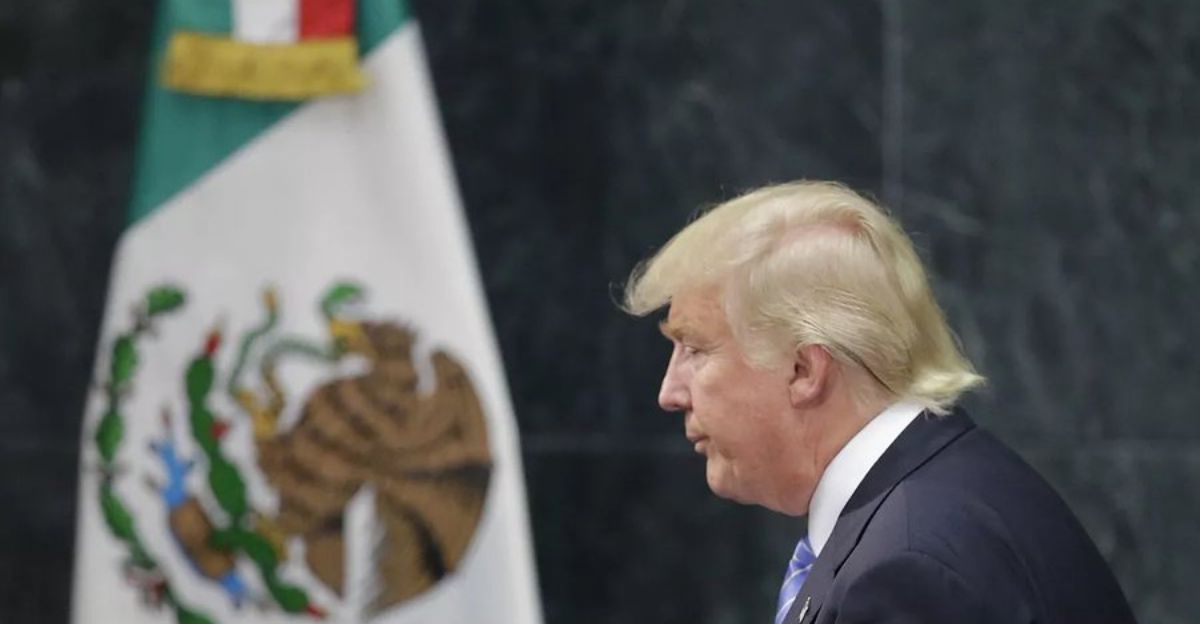
Within days of Coca-Cola’s cane sugar announcement, the Trump administration unveiled sweeping new tariffs on Mexican imports, including sugar. Officially, the policy targets cartel activity and migration, but critics point out the tactical overlap.
The U.S. can’t meet cane sugar demand alone and is simultaneously blocking its closest source. That’s led some experts and Mexican officials to call the tariffs “punitive,” arguing the real motive may be economic leverage during a moment of Mexican vulnerability.
Who’s Going to Pay for This Change? Probably You
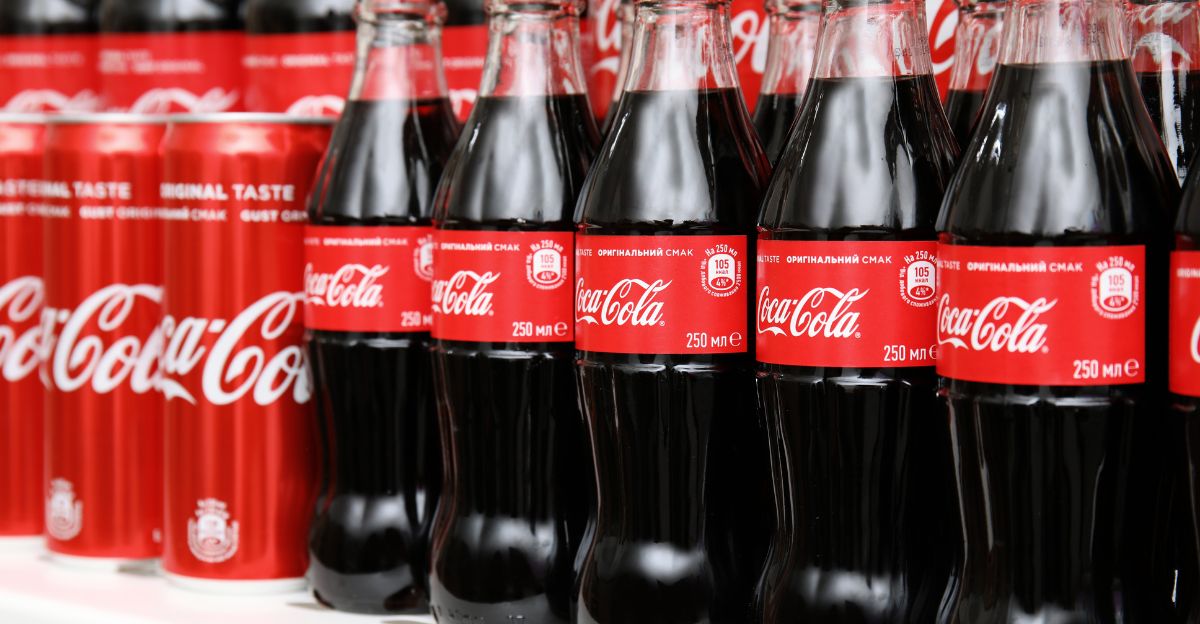
Switching Coca-Cola’s U.S. bottling to cane sugar could raise costs by more than $1 billion, factoring in pricier ingredients, new supply chains, and reworked production.
“Mexican Coke”, famous for using cane sugar, sells for $2–$3 per bottle or over $9 for a four-pack in U.S. specialty stores. A nationwide shift would almost certainly drive up retail prices, as companies pass along higher ingredient costs, labeling updates, and sourcing hurdles to consumers.
People Want Less Sugar, Not Different Sugar
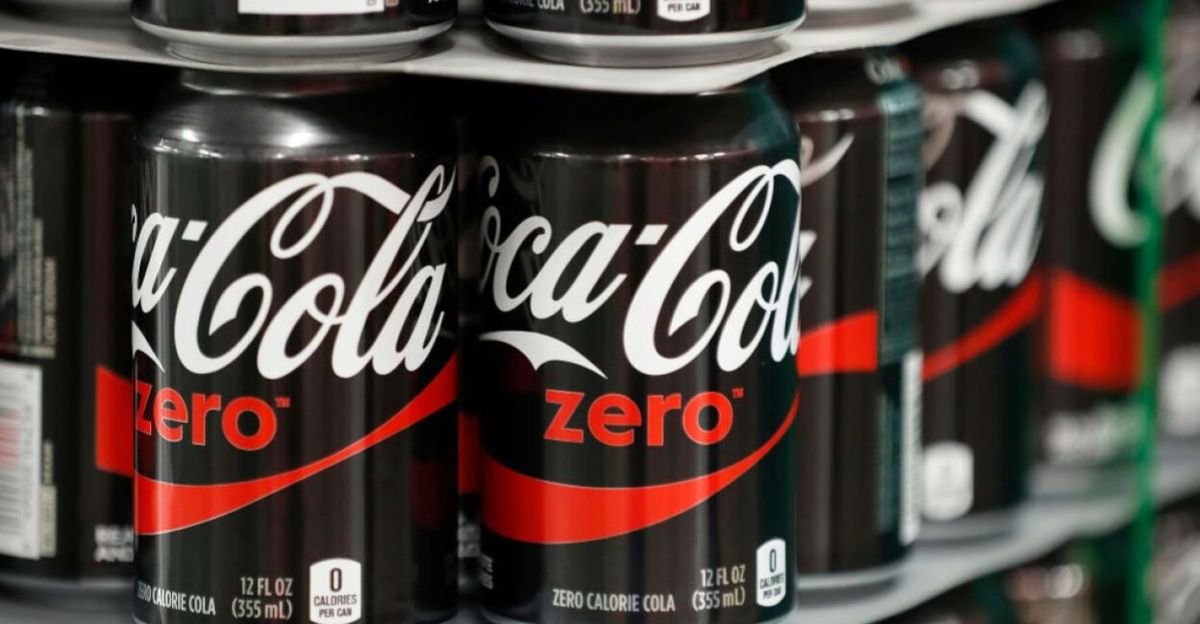
Here’s the twist: while the government talks about “natural” sugar, more people are avoiding sugar entirely. Zero-sugar drinks like Coca-Cola Zero are booming. In 2023, Coke Zero sales grew twice as fast as the rest of the brand. Millennials are returning to sodas, but they want fewer calories and smaller cans, not old-school sugar. By 2035, global sales of low- and zero-calorie drinks are projected to hit $41.5 billion, nearly double 2025’s $22.3 billion. That’s where the real market is heading.
Mexican Coke Already Has a Fan Club
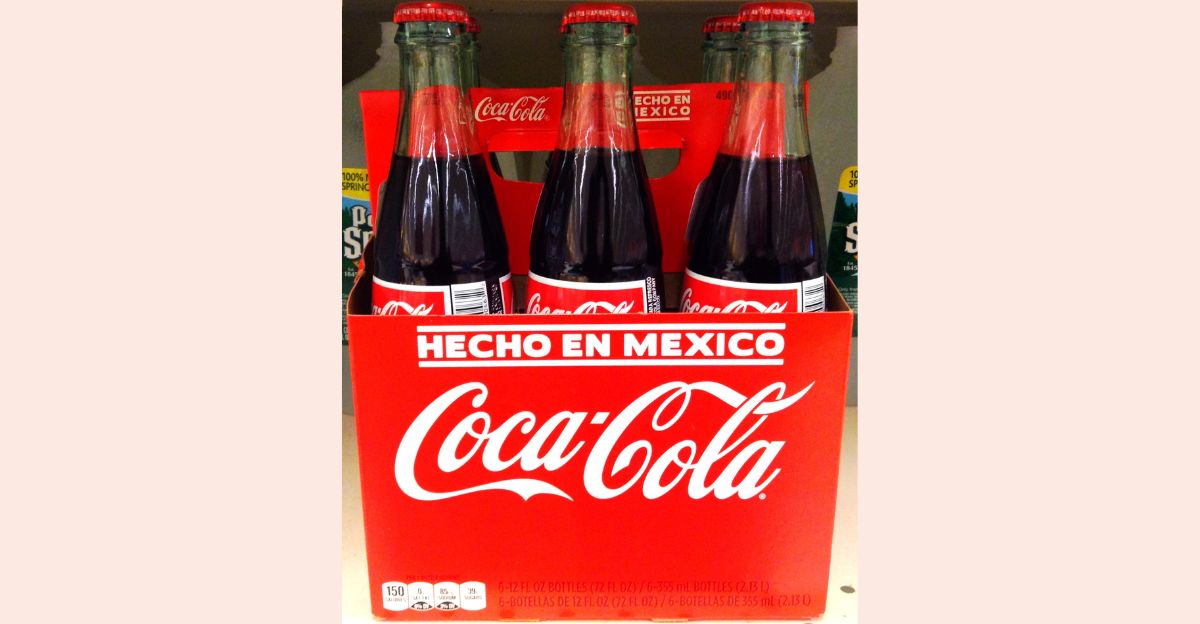
U.S. shoppers already have access to “Mexican Coke”. It comes in glass bottles and sells at a premium. Stores like Costco and Target carry it, and fans swear it tastes better. Reddit is full of taste test debates. Some can’t tell the difference, others swear by it. Most agree the glass bottle and nostalgia make it feel special. But taste tests show that packaging might matter more than the sugar inside.
Is This Just a Clever Marketing Move?
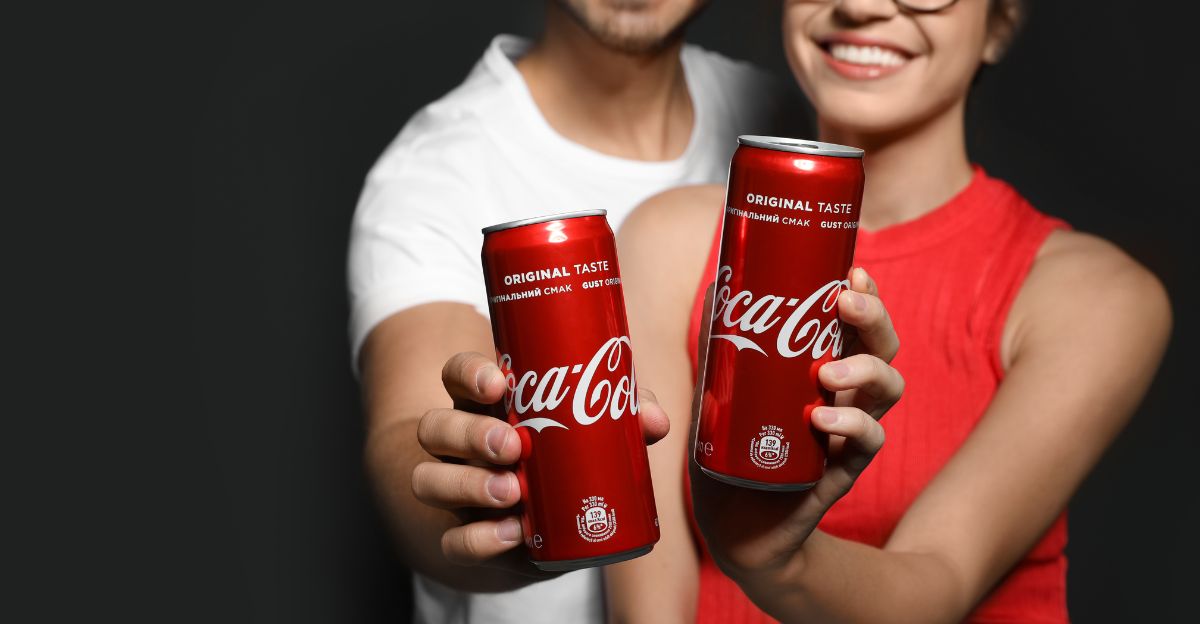
Some experts think Coca-Cola isn’t planning a full switch at all. Instead, it might launch a premium “Heritage” limited version using the old recipe. The company has done this before with throwback labels and collector bottles. It’s a way to test interest, charge more, and still keep their corn syrup model in place. The vague corporate statement points in that direction, buzz without commitment.
Experts Say It Won’t Make You Healthier
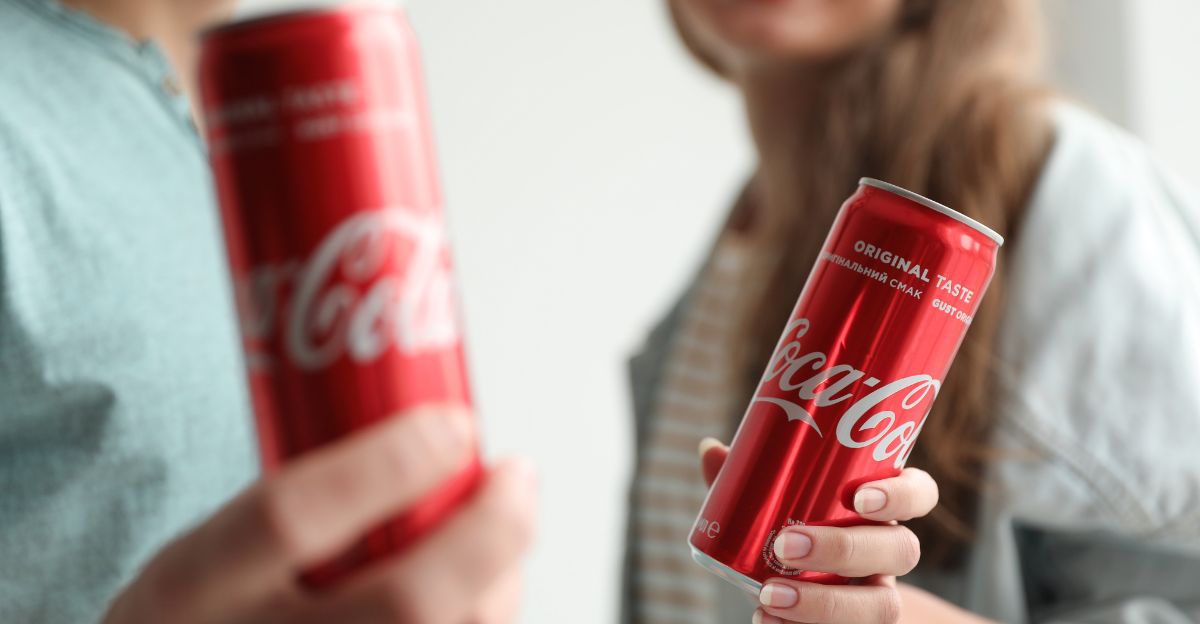
Doctors and researchers agree: this won’t fix health problems. Both sweeteners affect the body in almost the same way. What really matters is how much sugar people drink, not what kind it is. Cutting back or switching to zero-calorie drinks is the only move that has real health benefits.
Big Flavor, Bigger Questions: What Happens Now?
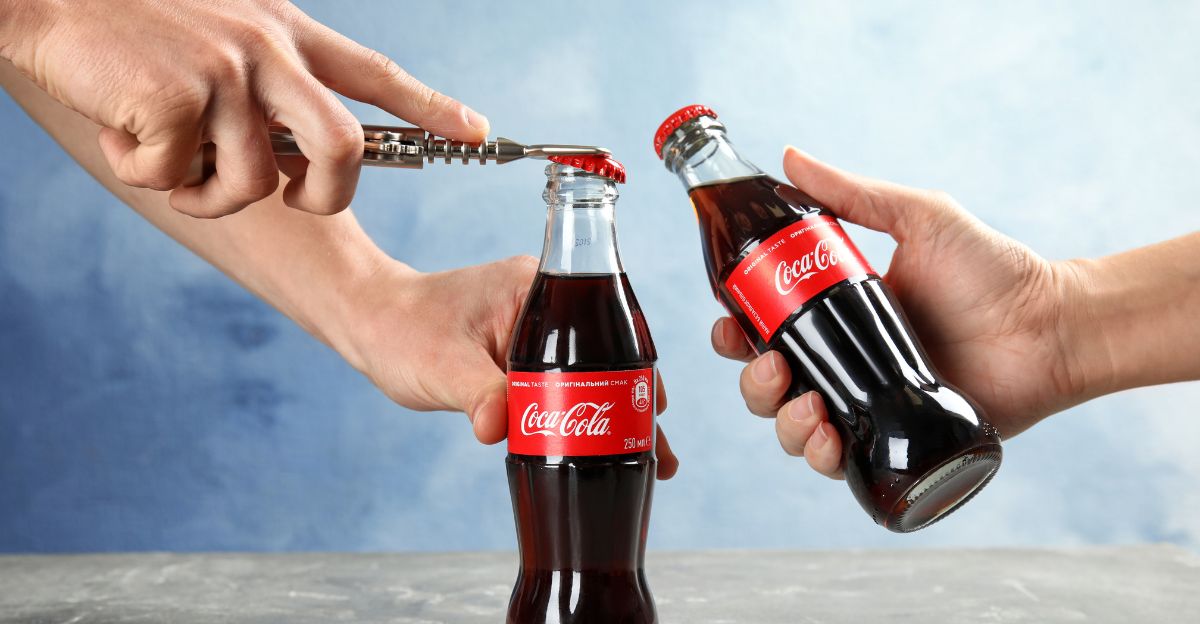
Trump’s Coke announcement made waves, but what comes next isn’t clear. Coke might release a nostalgic variant. Or, maybe this was a splashy move to stir the pot. Either way, it’s become a flashpoint for how politics, public health, and big business shape what’s on our shelves. Whether this leads to lasting change, or just another premium product, will depend on what consumers are really willing to buy.